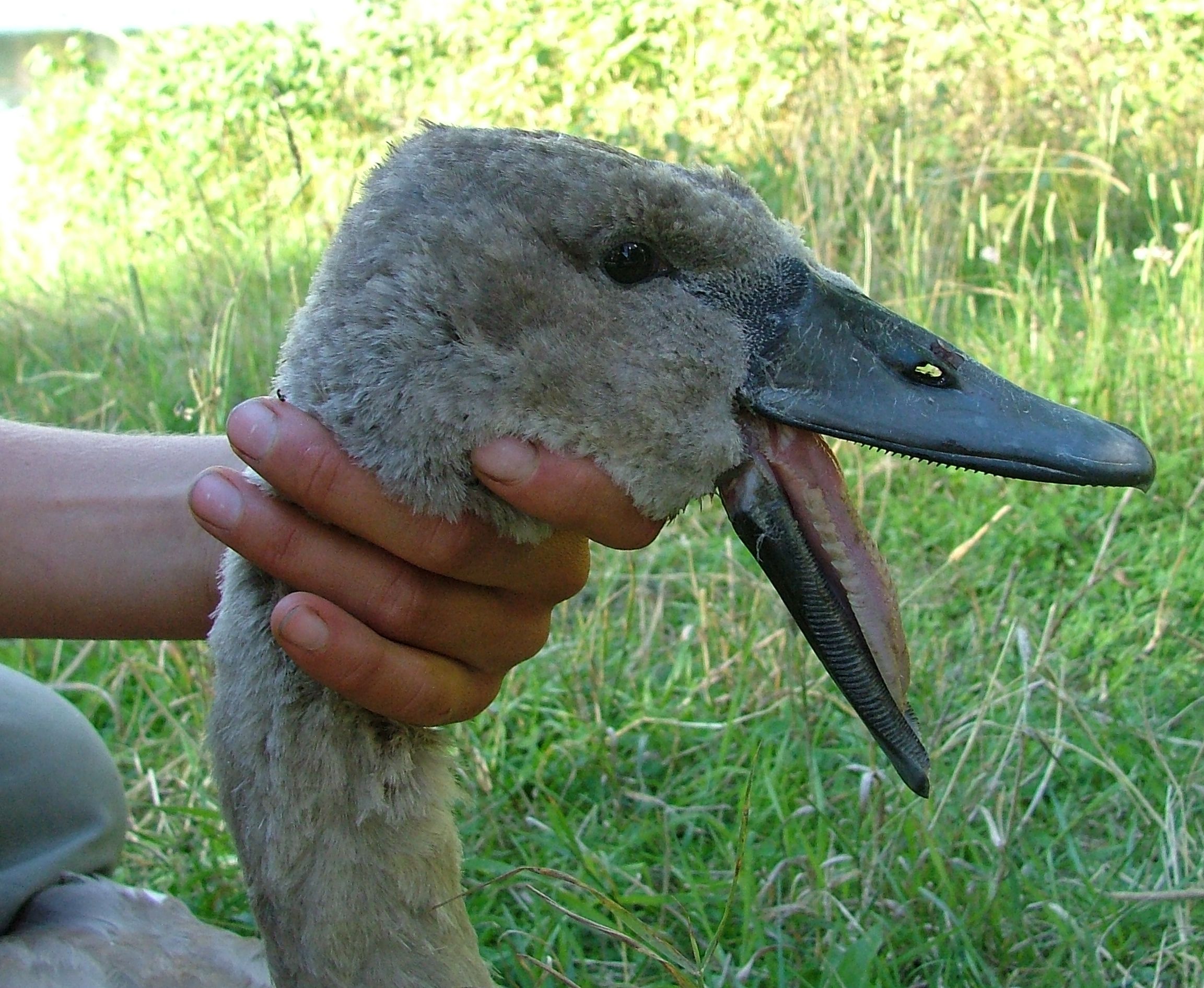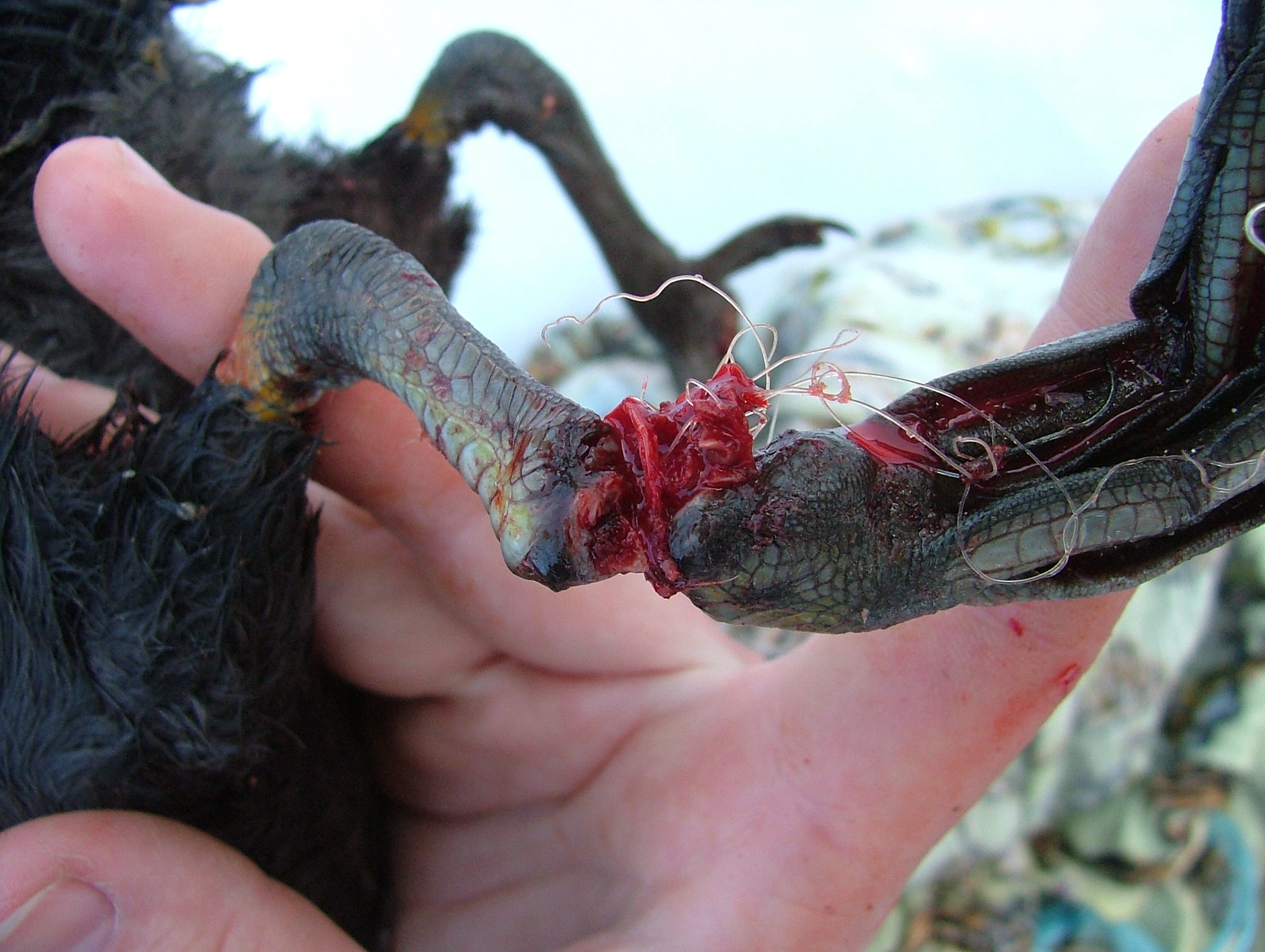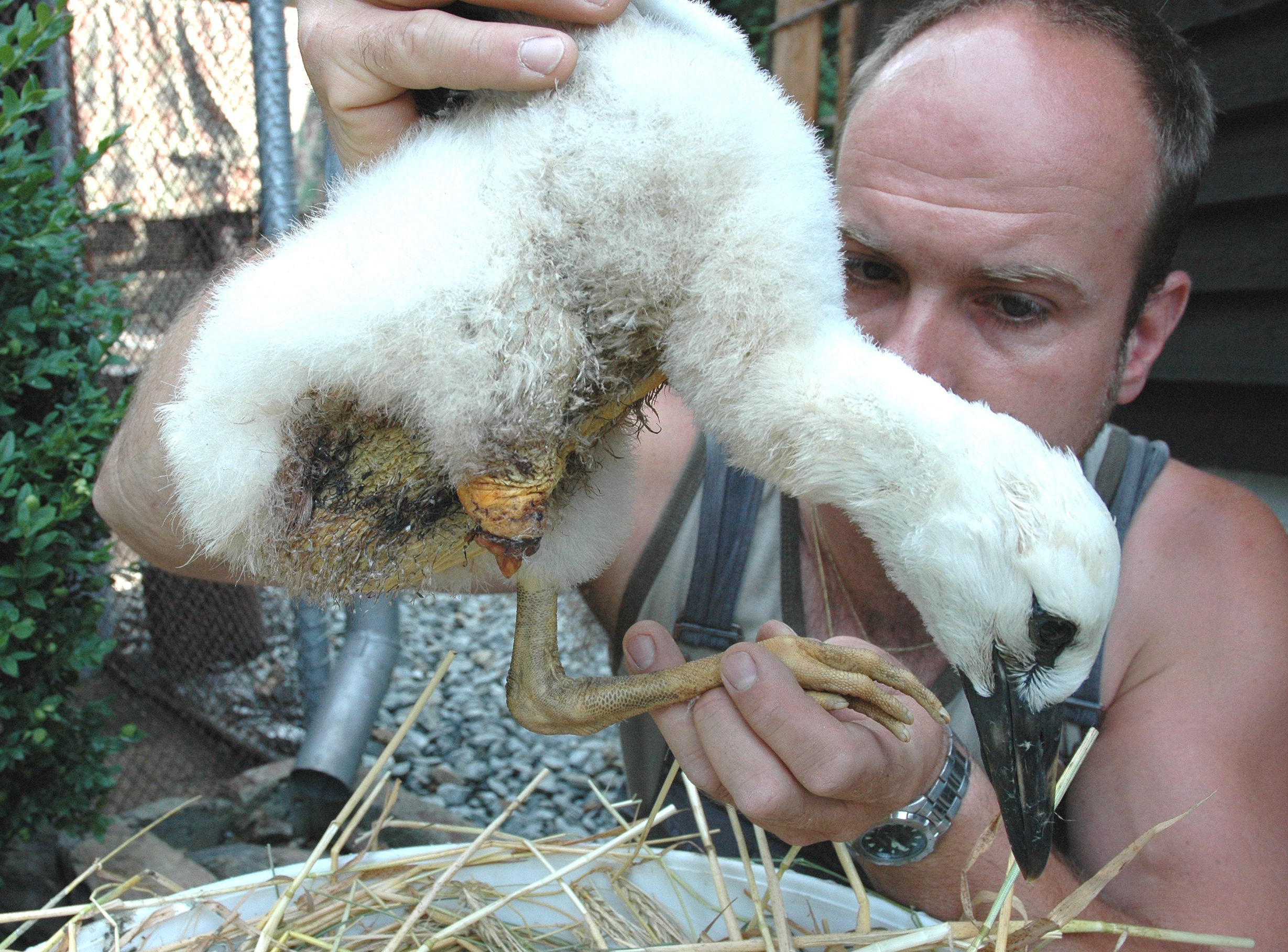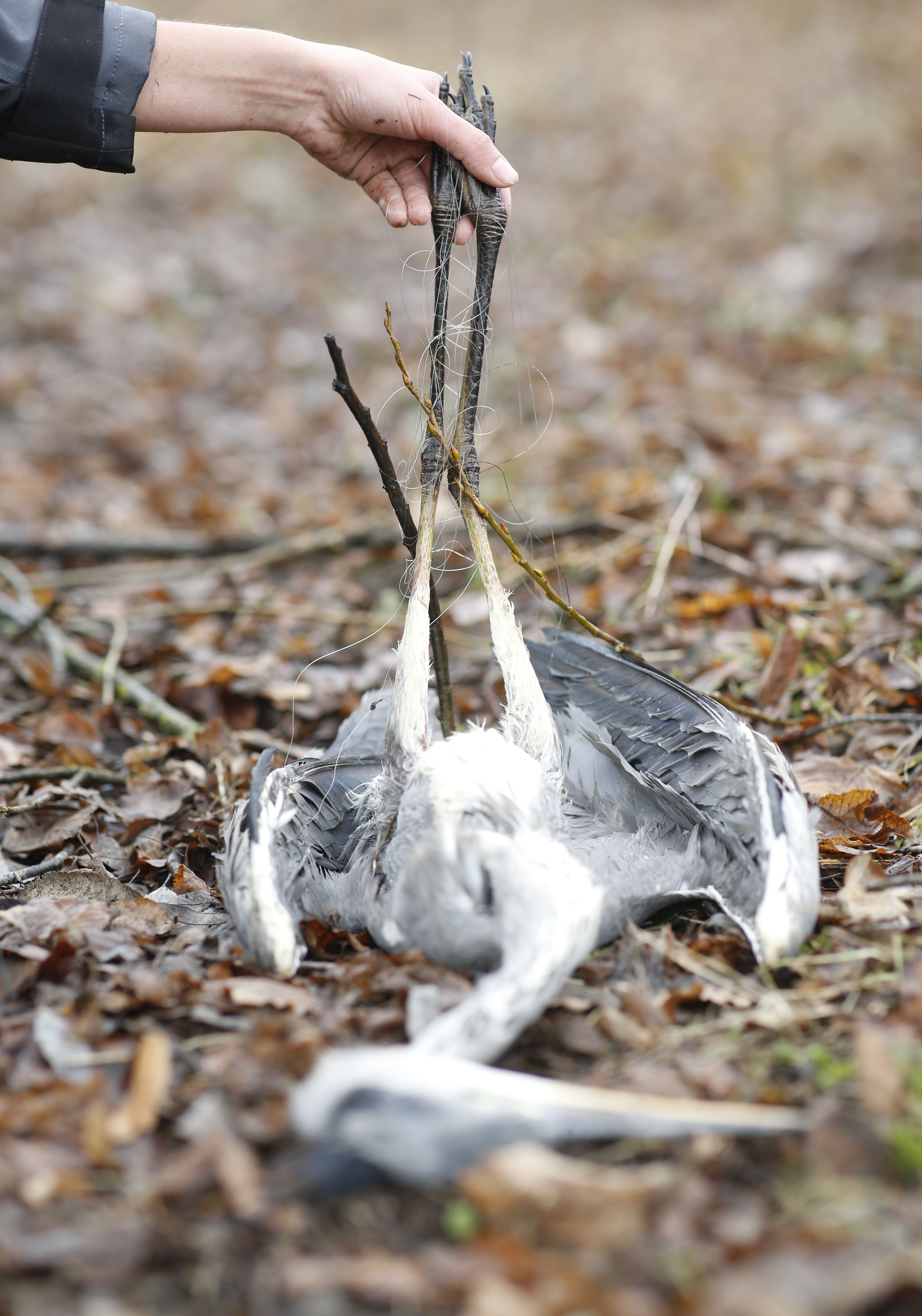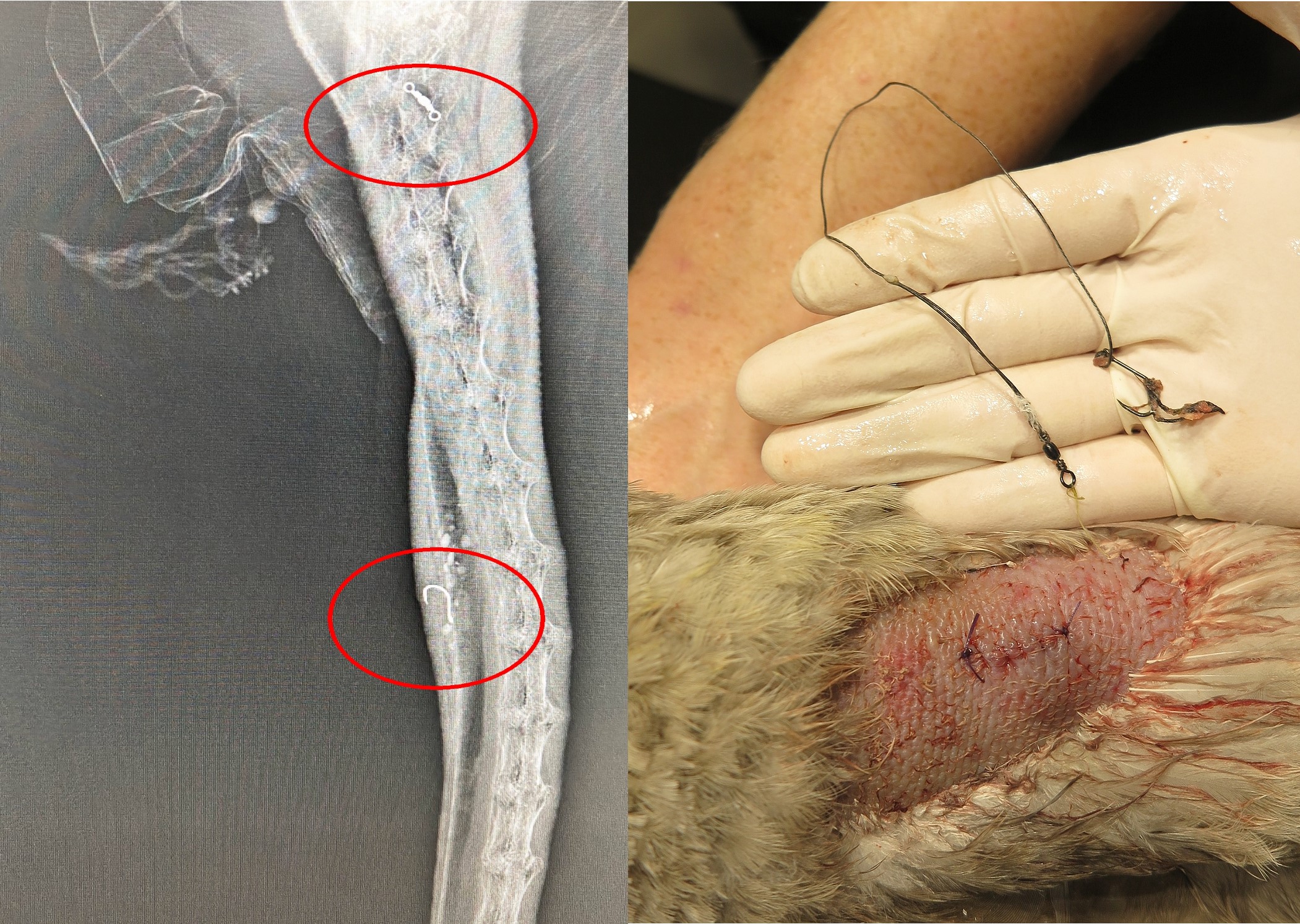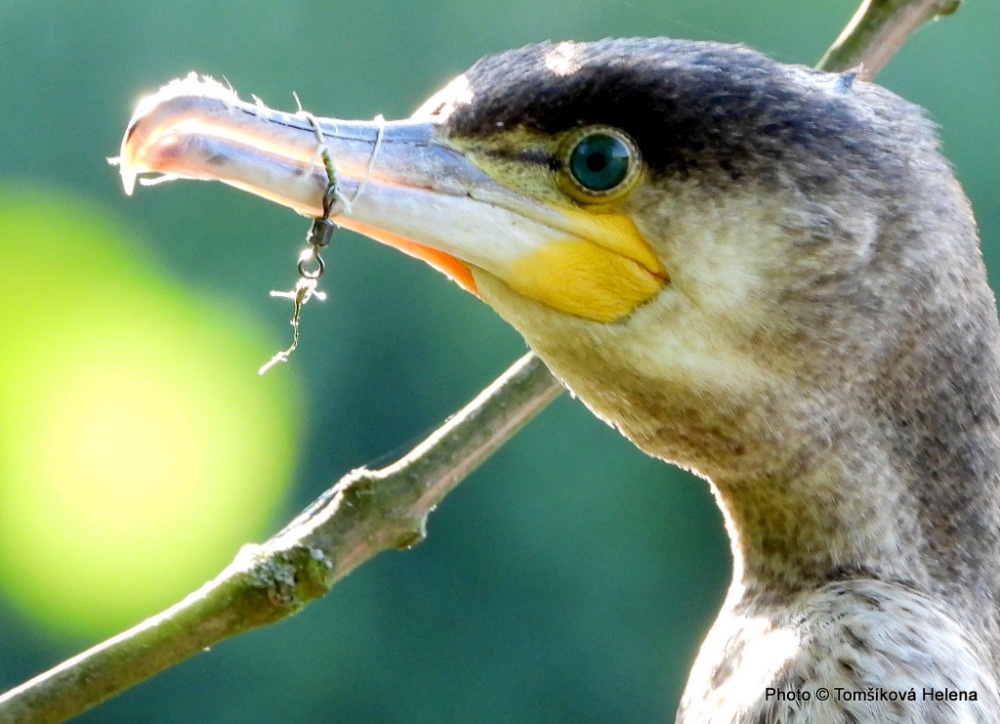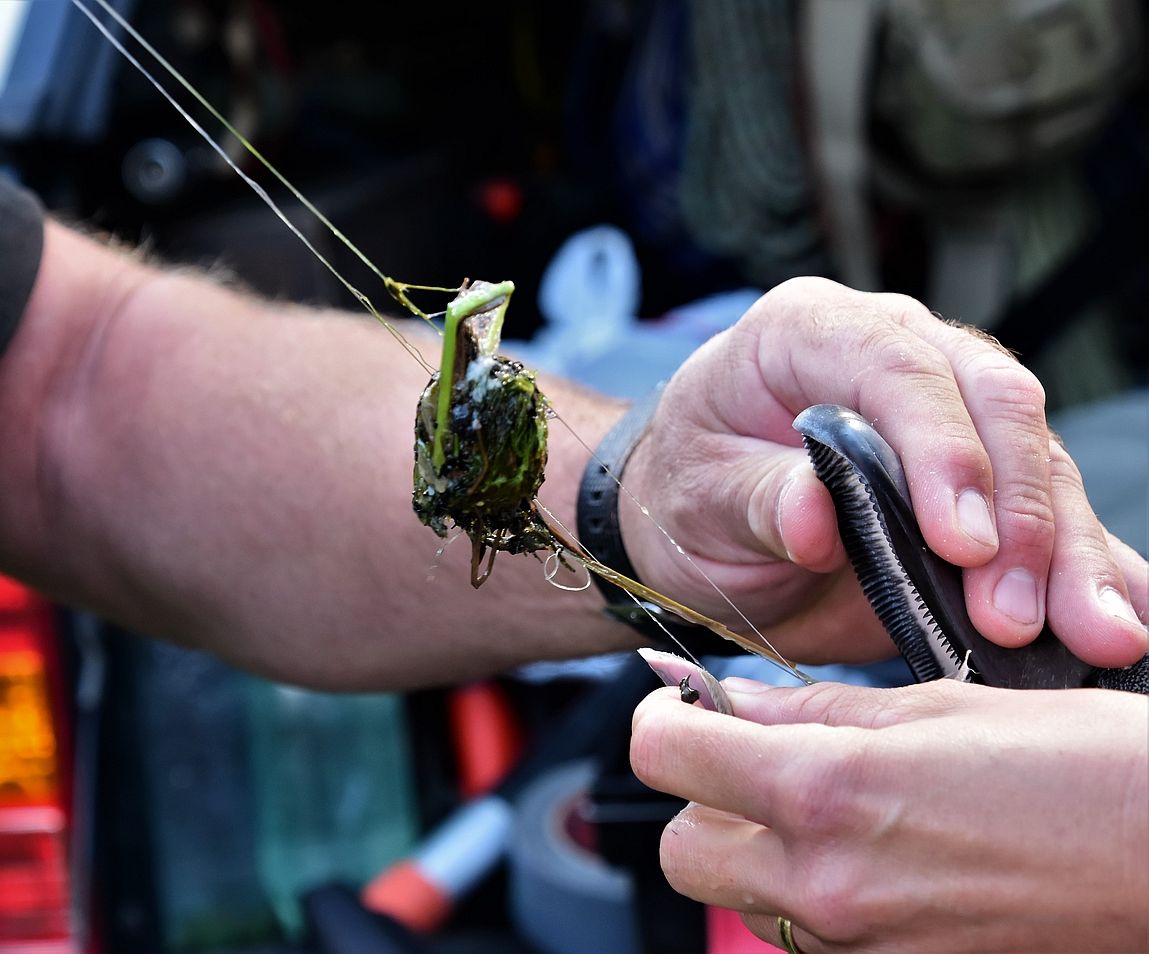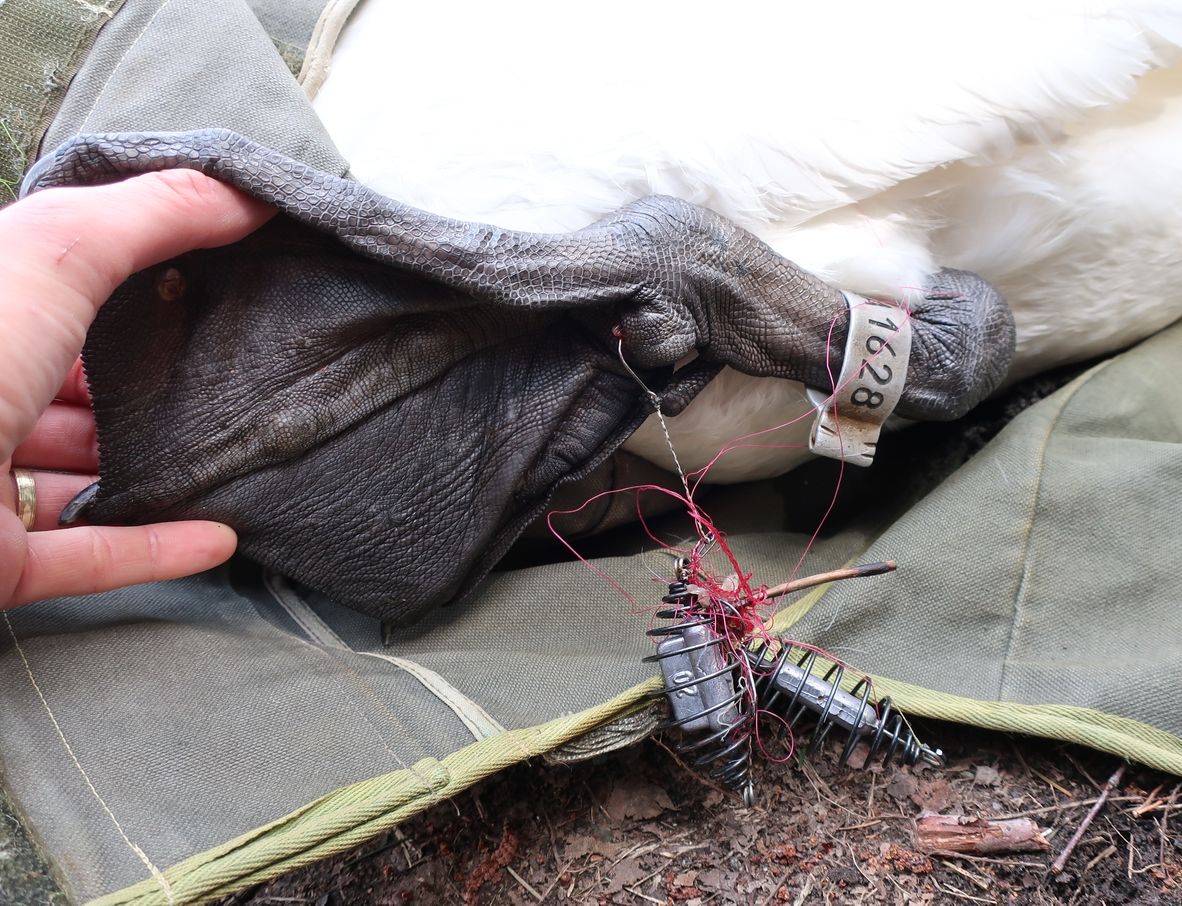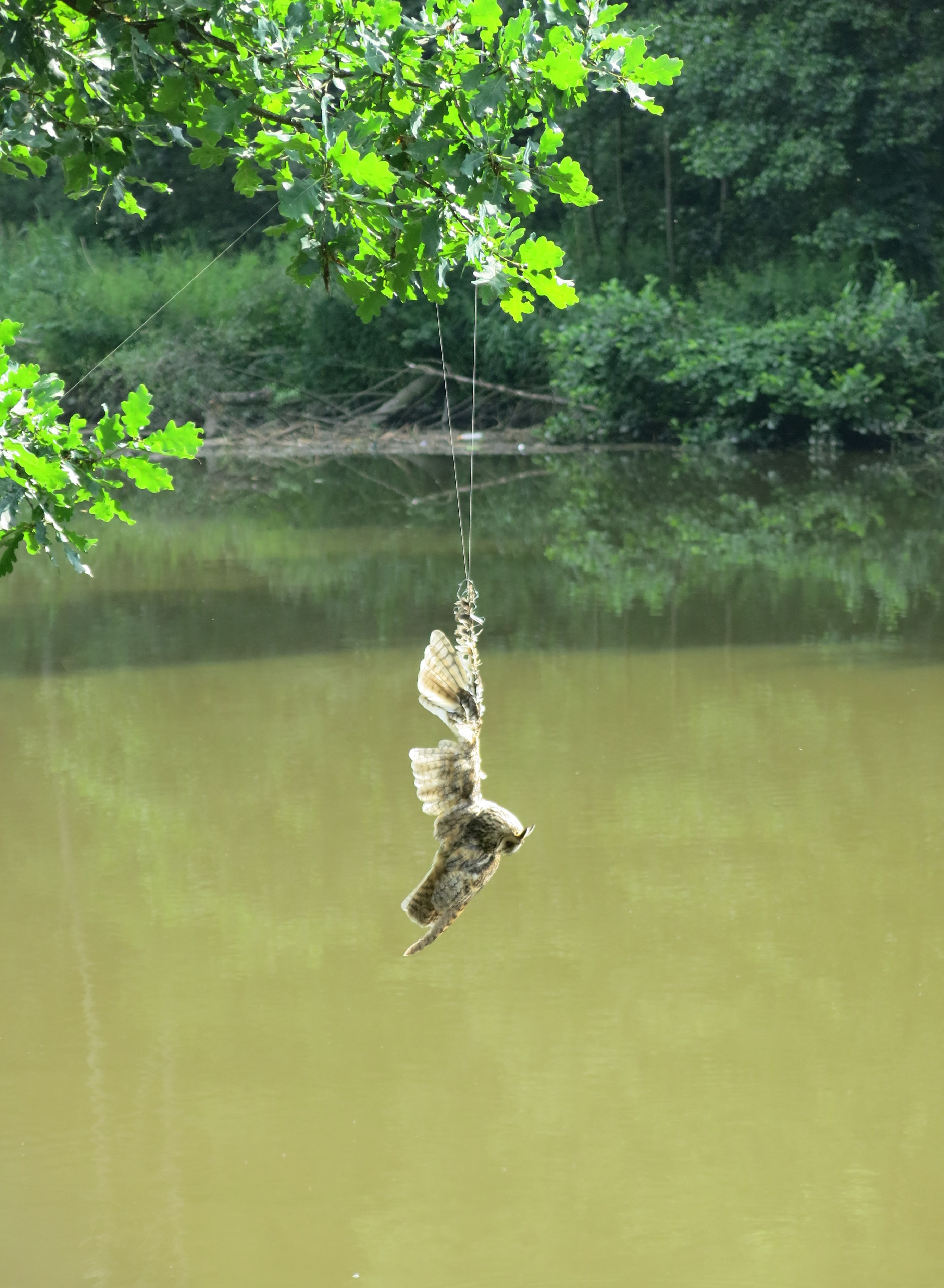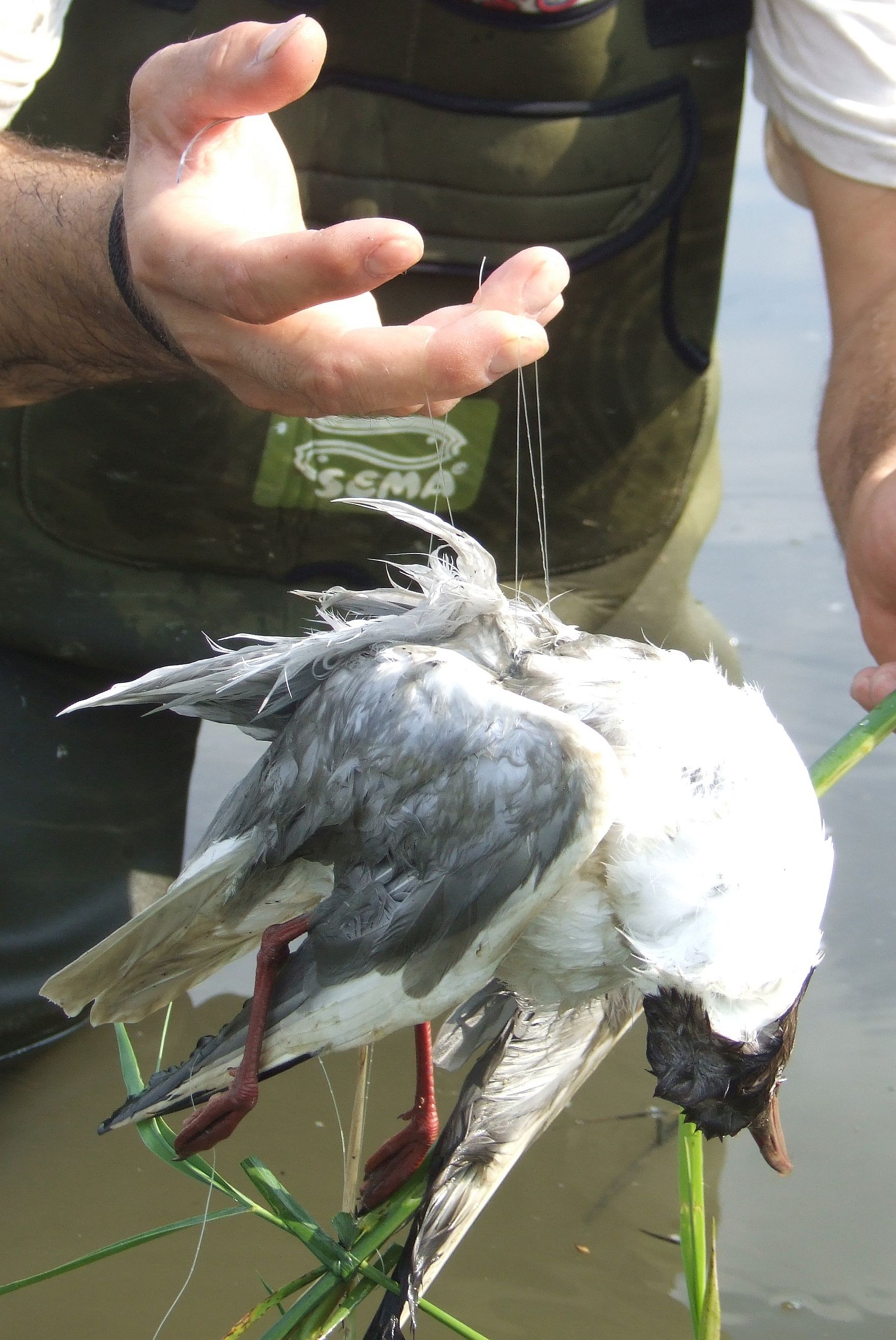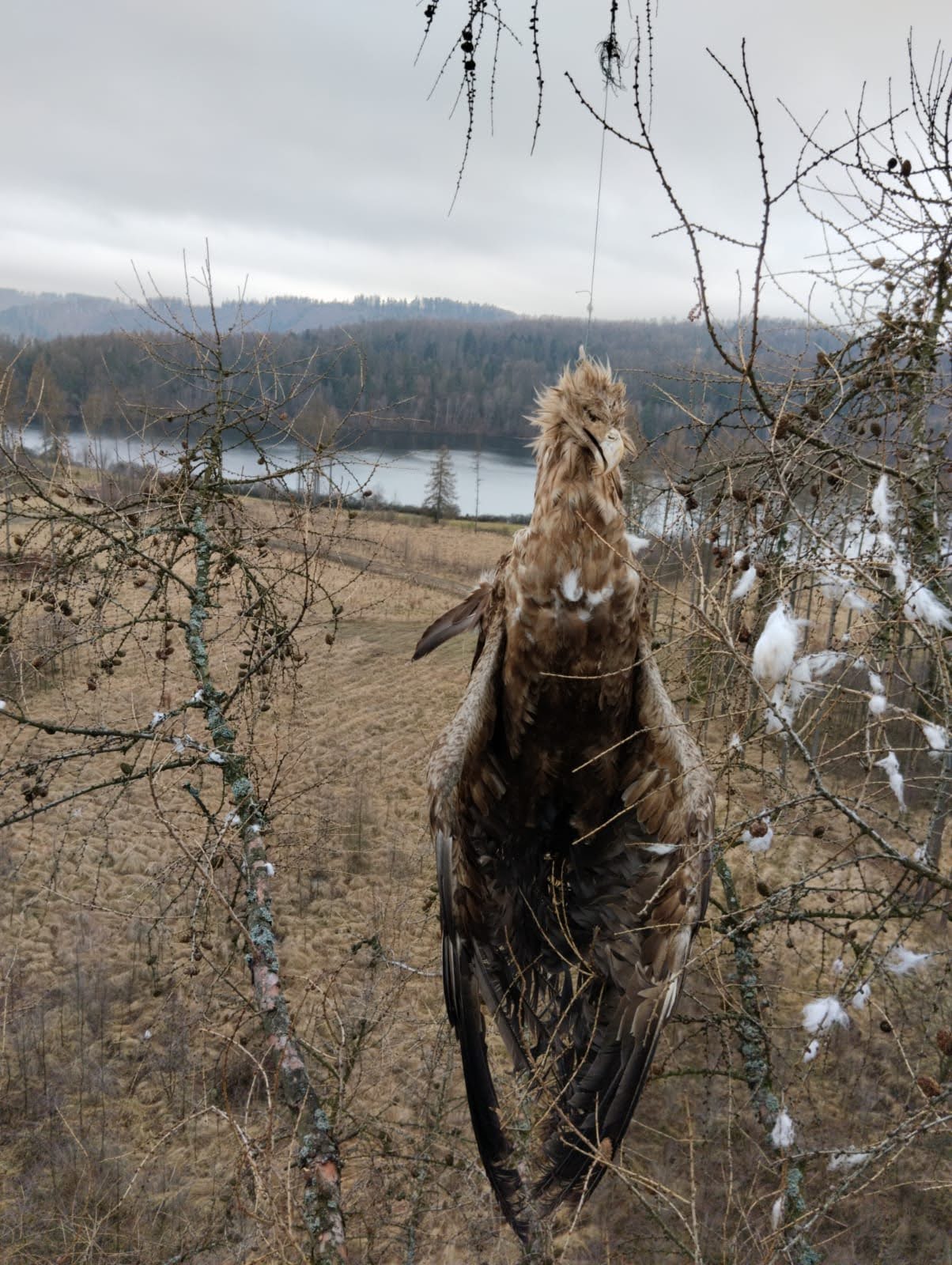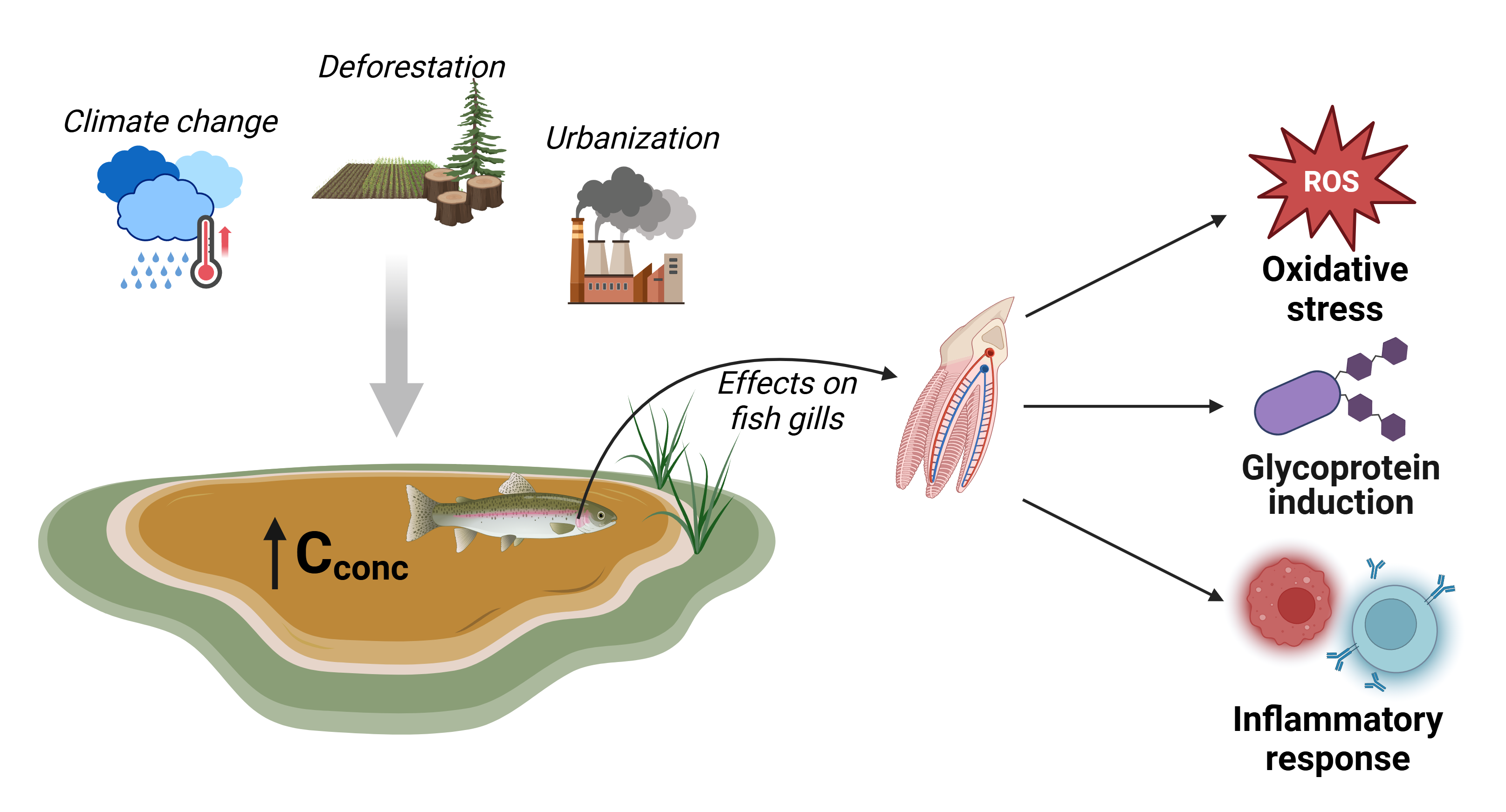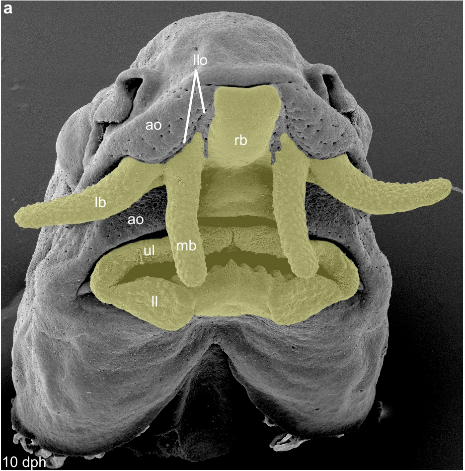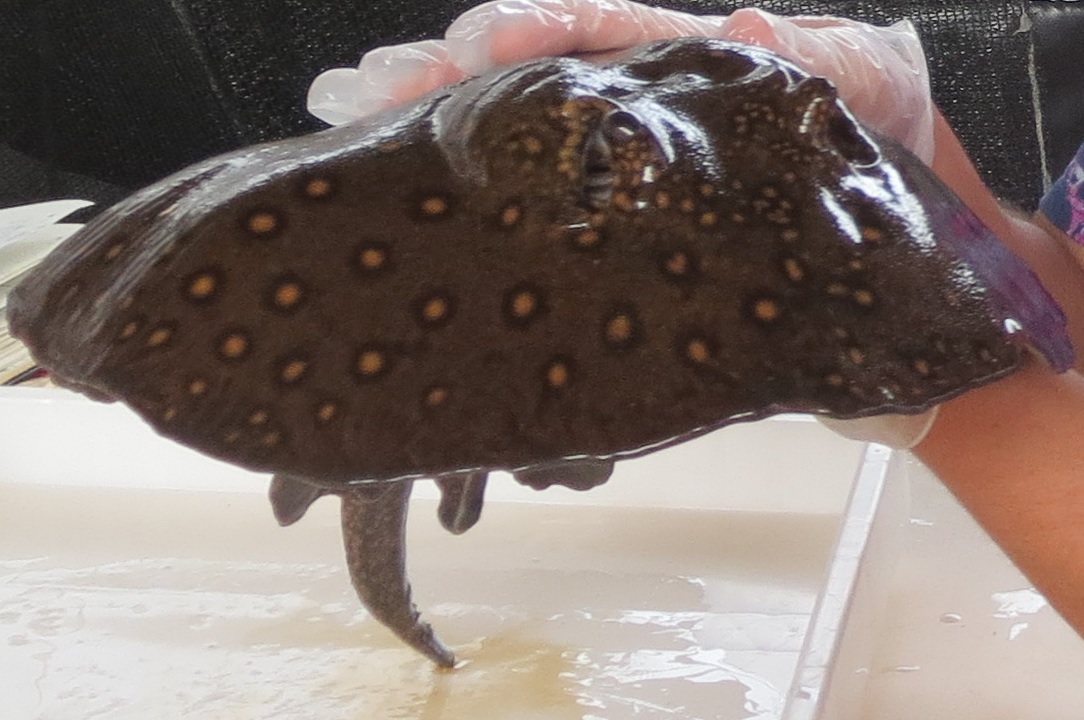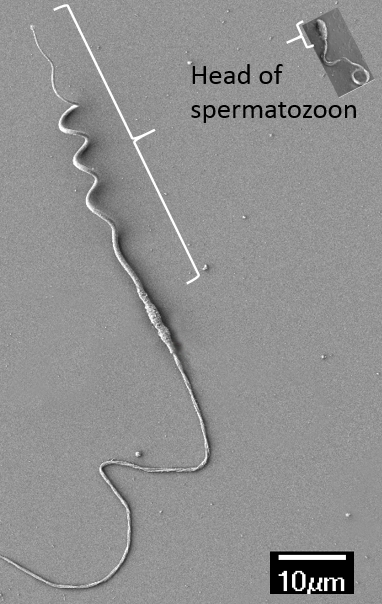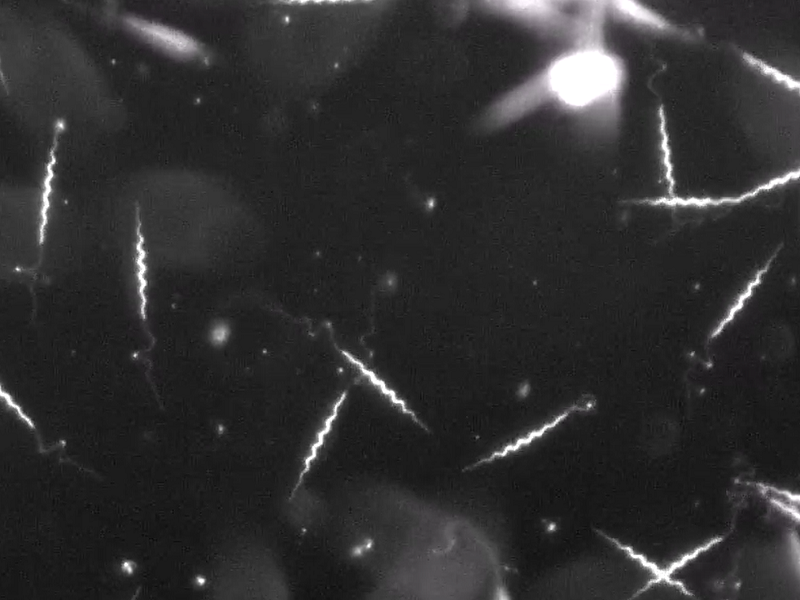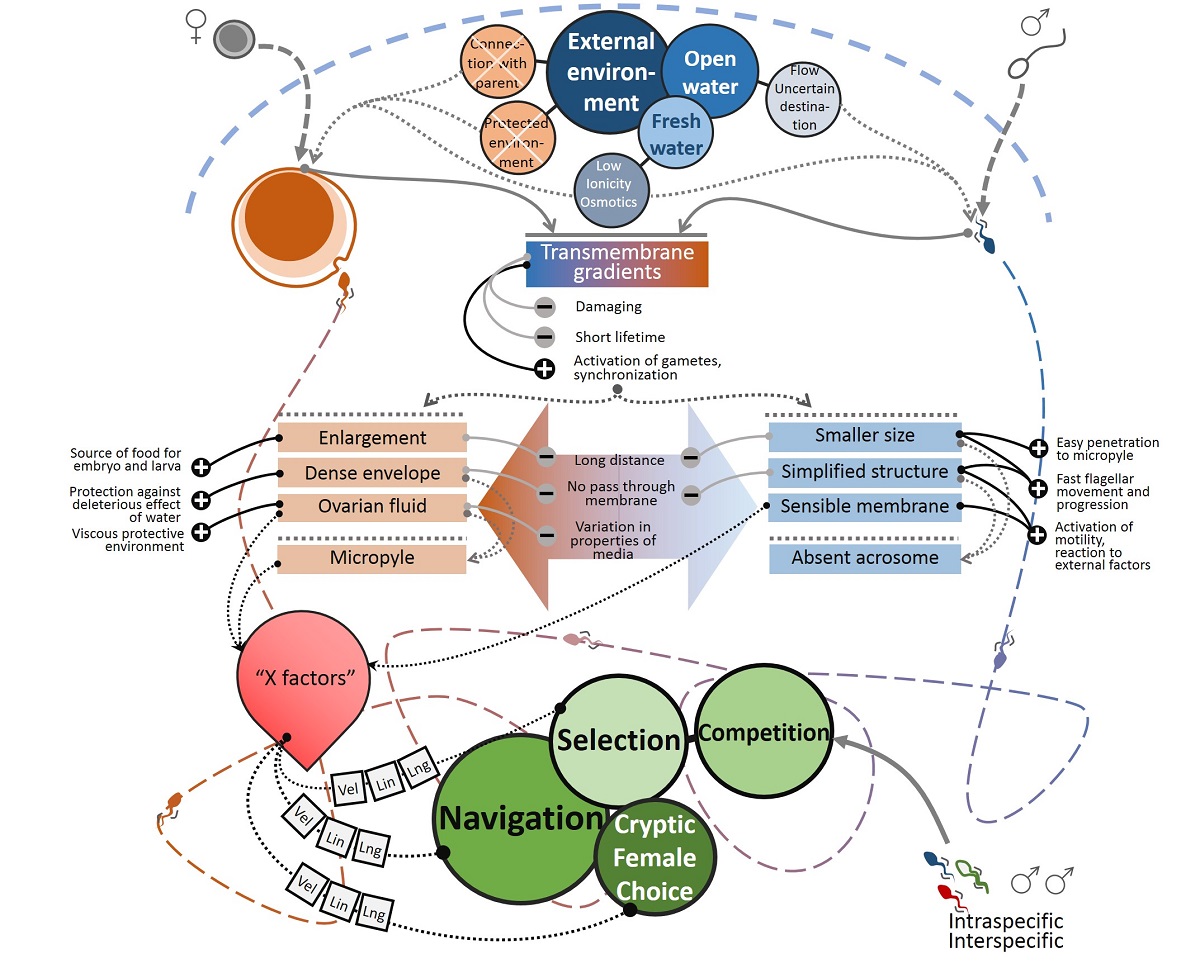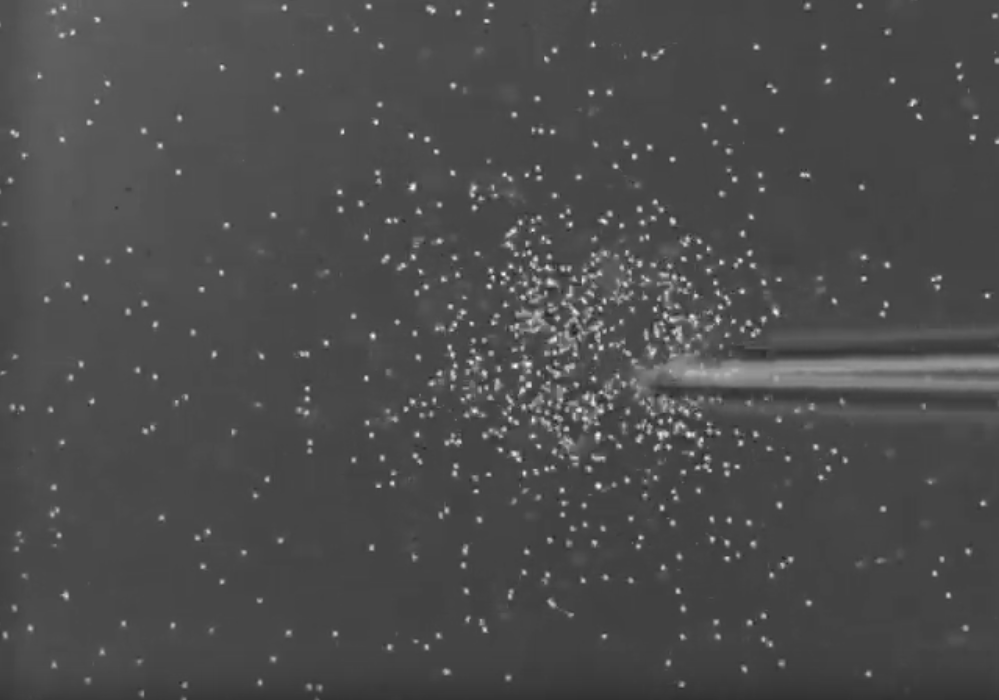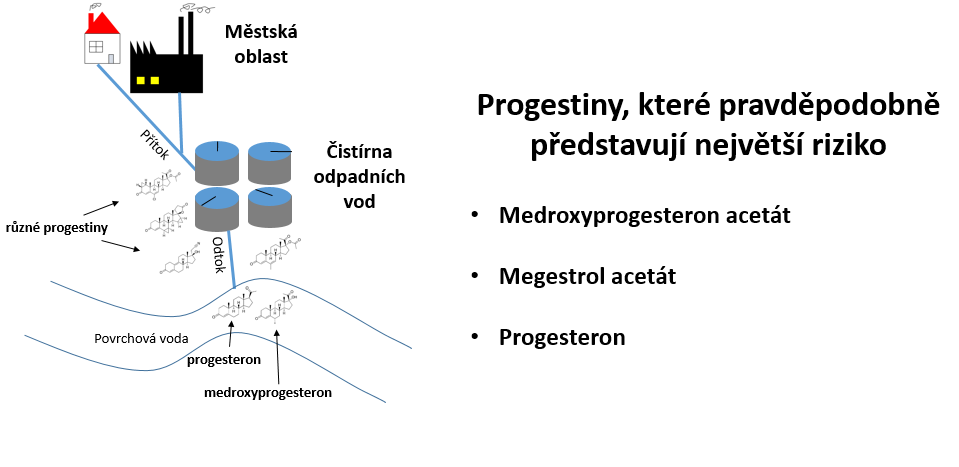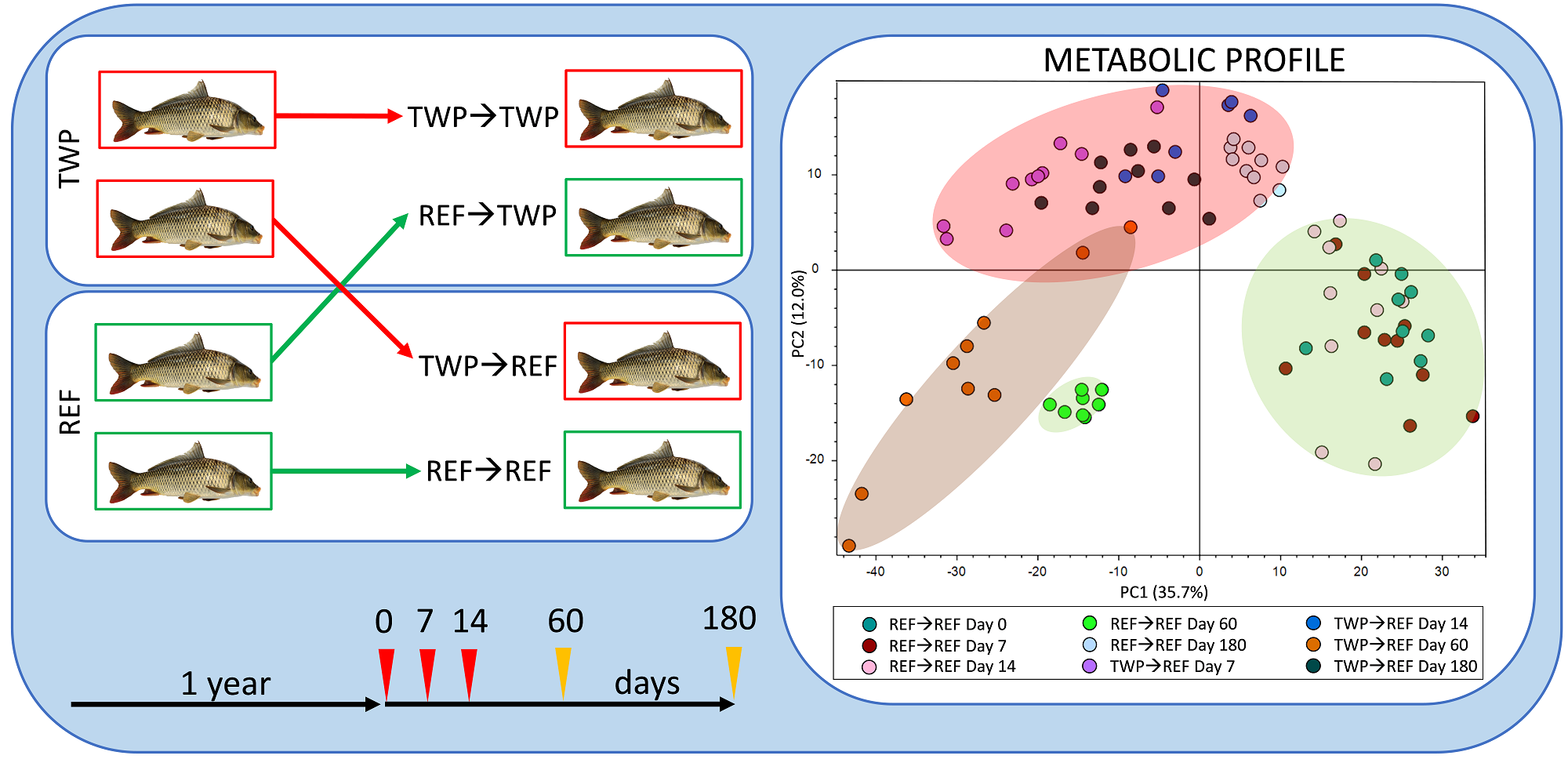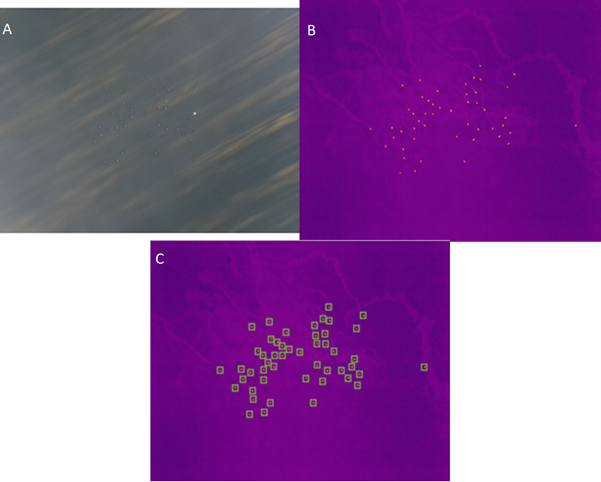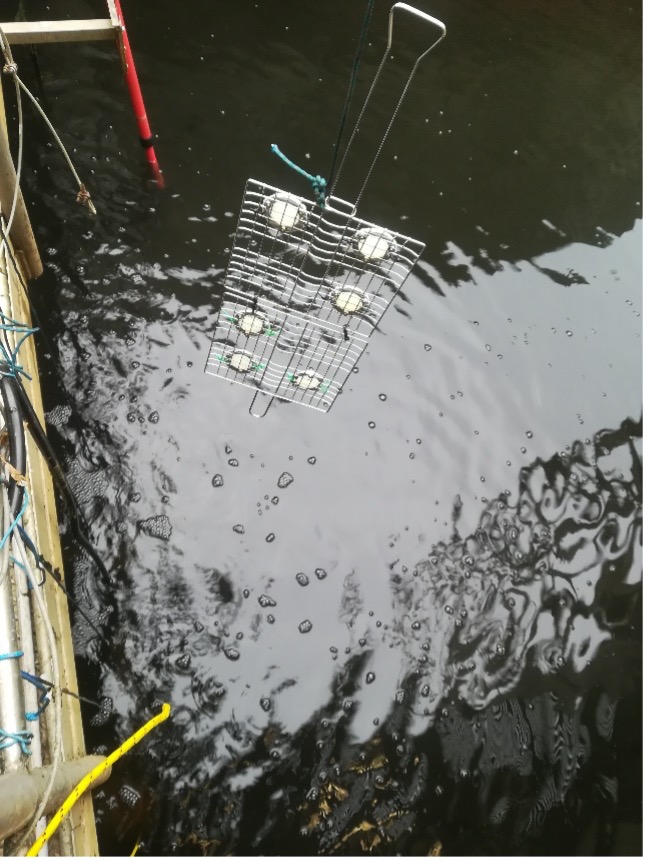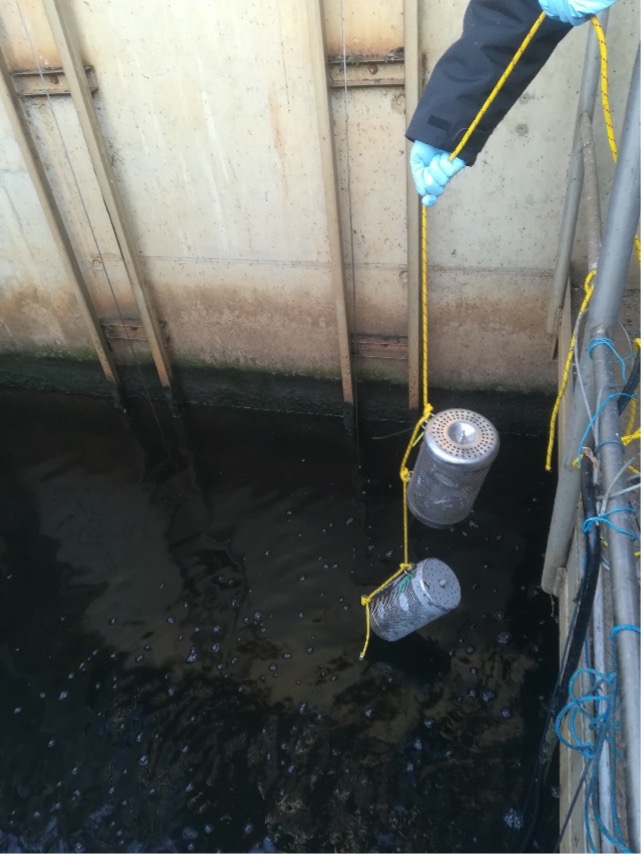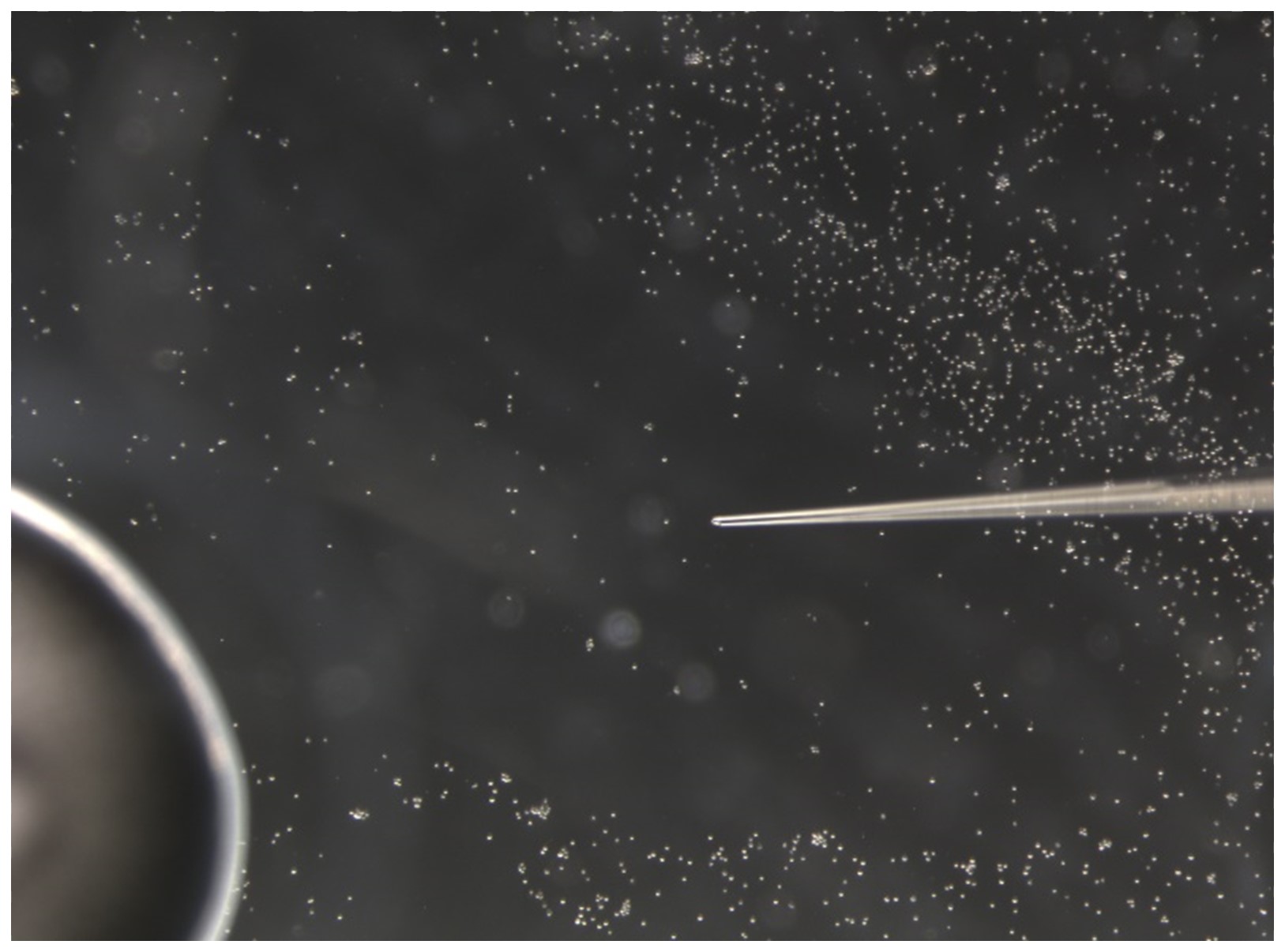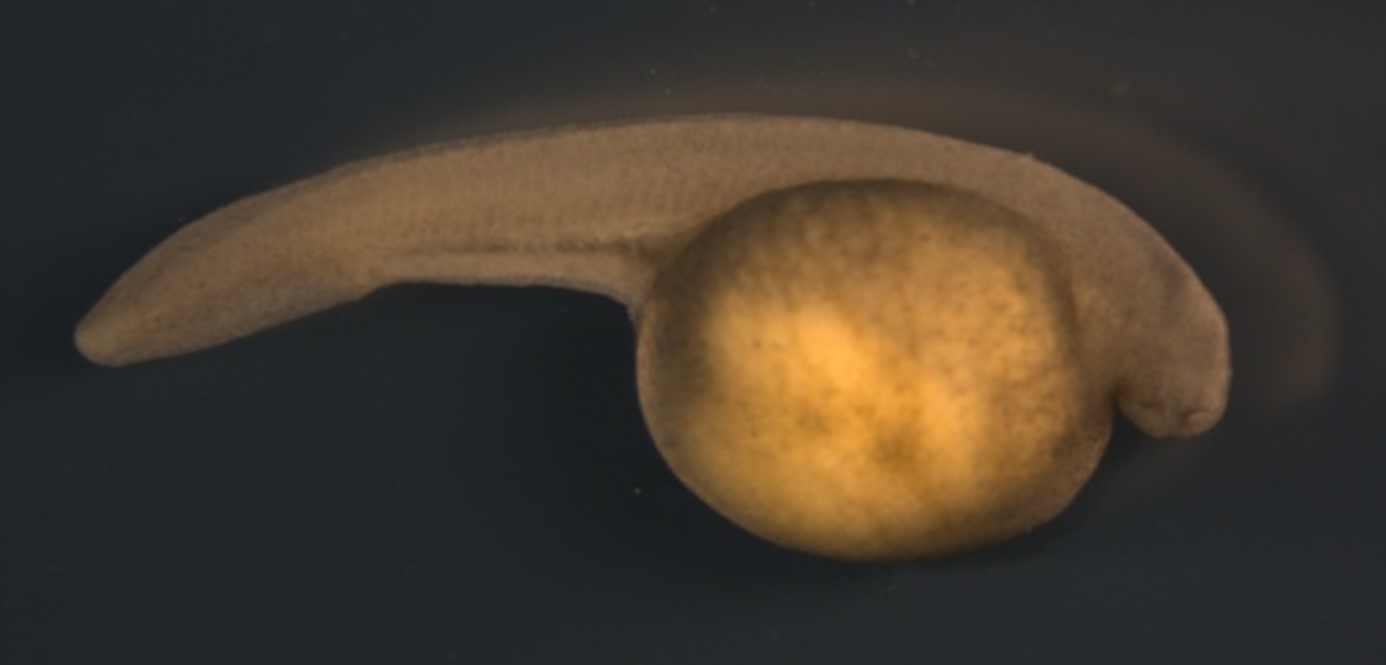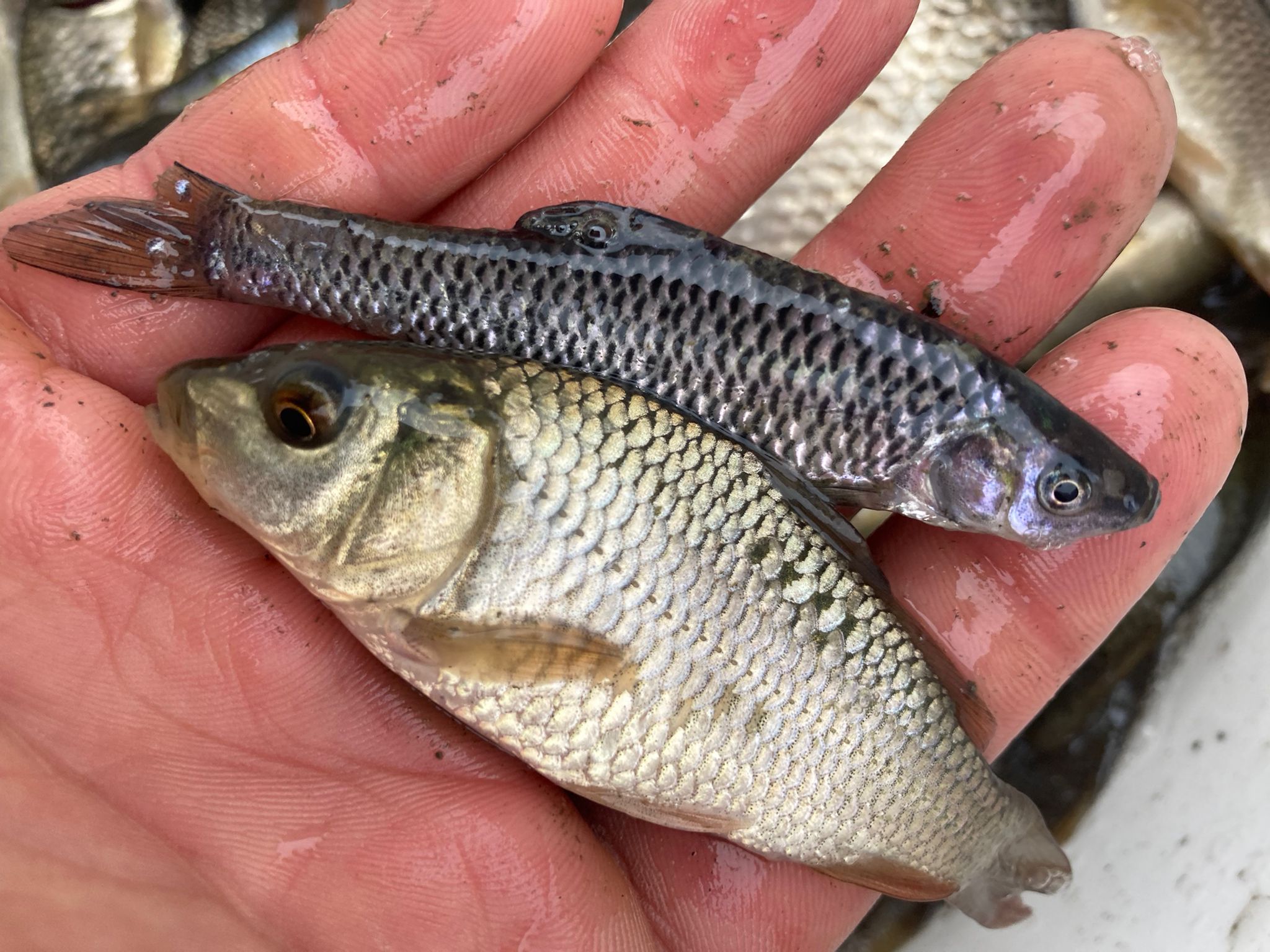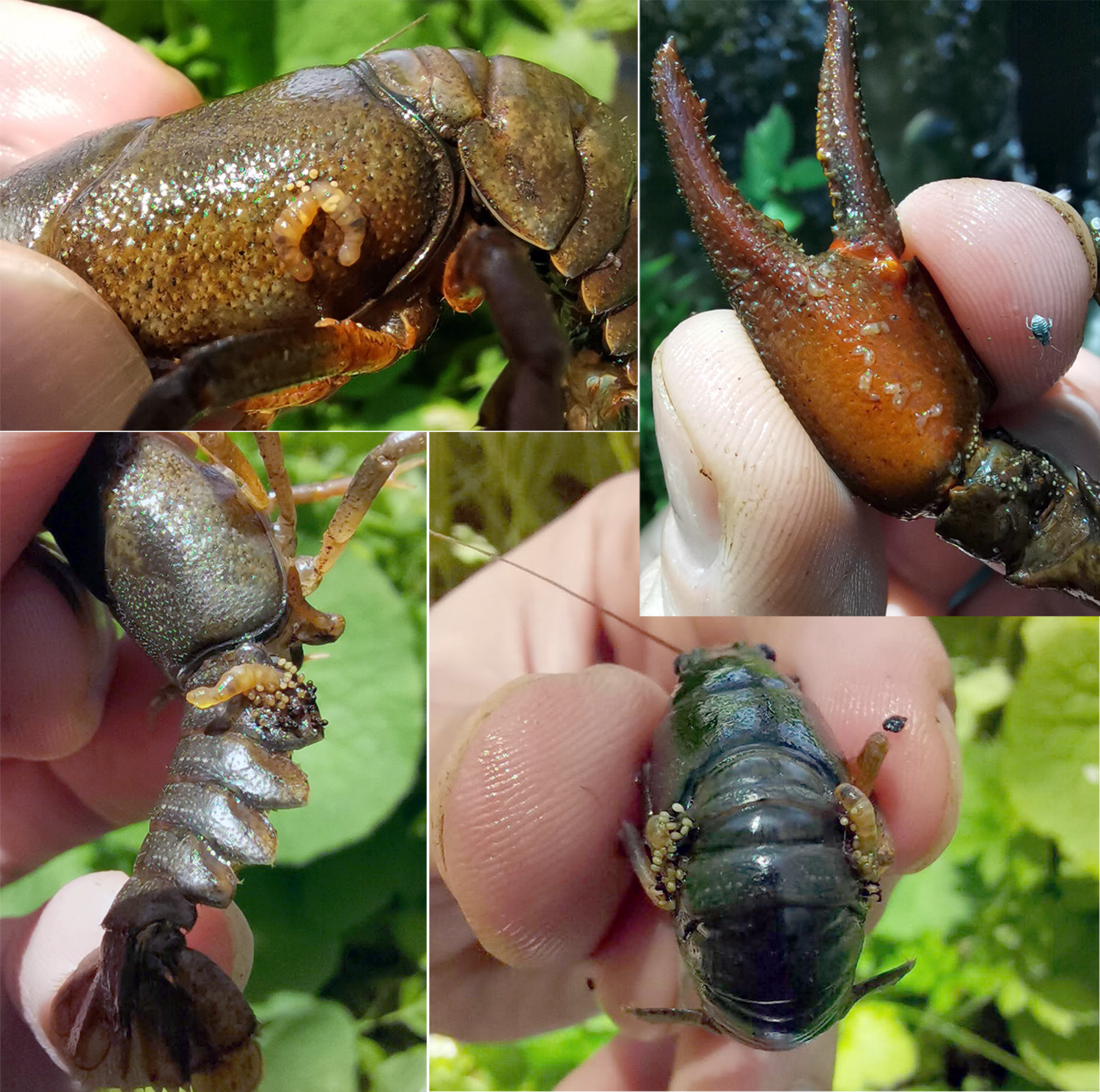When fishermen catch fish, they often catch birds instead... that's how one could describe one of the secondary, unfortunately often overlooked, negative impacts of anglers´s leisure activities on the banks of our waterways, ponds or sand pits. This is an often unwanted, but not exactly rare phenomenon.
This is the creation of "traps" in which wild animals (most often birds) inhabiting the area around our waters are caught. Unnecessary severe injuries then occur, often ending in permanent disability or death. In the case of the Czech Republic, there are hundreds of reported cases of injured animals per year. And what are the "traps"? These are the remains of fishing lines, including rigging material (lines, cords, cables) "decorated" with various jewelry, including rubber bands, beads, feeders, hooks, lures, spinners or wobblers. Everywhere around the waters we can observe kilometers of lines and cords hanging from the branches, roots of bushes and trees and grasses, or coiled in the bushes. And how many such luxurious "traps" for wild animals are located under the water surface, no one dares to guess.
The issue of "traps" can be divided into three areas of emerging problems. The first of them arises purely from the sloppiness, laziness, or indifference of the angler. This is the issue of rigging materials such as waste thrown on the shore, in bushes, reeds, grasses or straight into the water. When birds find such traps, strangulation, necrosis, or amputations occur. As a result, we can see around our waters birds without wings, legs, fingers or with a partially or completely missing beak. Of course, if these animals do not find adequate help, they logically die, often in great pain. And even if they survive, they spend the rest of their lives as severely handicapped individuals with no chance of returning to the wild. This type of "traps" can also be eaten by animals, swallowed when consuming natural food (plants). In this case, the result is clear - death.
The second range of problems lies in the natural curiosity of animals, most often when searching for food and its intake. That's when the animals encounter fishing rods and rigs, both those actively baited and those that have been torn off or cut off, which remain here as a memento of a failed hunt. The birds then swallow the fishing lines, including the jewelry and hooks, and a serious problem arises. As a rule, everything gets stuck in the esophagus and the digestive system and surrounding soft tissues are ruptured, and the hook often peeks out of the bird's throat. If the bird does not find adequate help from a veterinarian, it will die. Even worse than the hooks are the cords and lines themselves, because they can't be seen on an X-ray and the vet doesn't know exactly what's going on. A tangle of fishing line or cord clogs the digestive system and the bird then gradually dies of hunger.
The third group of problems consists of rigs and fishing rods torn off during unsuccessful casting or catching fish, which are suspended from coastal vegetation, most often trees. Related to this is the issue of birds hanging by their wings and legs on bushes and trees around water. If these birds do not find timely help, then logically, like decorations hung on a Christmas tree, they will perish.
The issue of dangerous "traps" does not only concern "ordinary, common" waterfowl, but also highly endangered species. The most common victims of "traps" are swans, then various types of herons (grey and white heron), ducks (mallards, pochards), grebes (great crested and little grebe), as well as cormorants, gulls, coots, terns, cormorants, grebes, storks (most often white stork) or sea eagle or kingfisher. However, primarily "non-aquatic" birds such as owls, ospreys and hawks often get caught in the traps.
More information on the issue of "fishing traps" can be found in the original article intended for the angling public: Drozd, B., 2023. Fishing lines, lines and hooks around the waters: deadly "traps" for birds. Fisheries 127(3): 58–61. (in Czech only)
Photo captions:
- 01: Bird trap: so who will get caught in it? (source: author's archive)
- 02: Drooping lower jaw of the beak due to strangulation, death of the jaw muscles and dislocation of both lower jaw bones in a swan with a line wrapped around the beak. Permanent handicap. (source: Archive DES OP Pilsen)
- 03: Muscle necrosis and near-complete amputation of a black coot's leg wrapped in a fishing line. Black coot did not survive. (source: Archive DES OP Pilsen)
- 04: A baby of stork with a leg amputated by a fishing line. Permanent handicap. (source: Archive DES OP Pilsen)
- 05: Not even a gray heron deserves such a horrible death. (source: ZO ČSOP Vlašim Archive)
- 06: A swallowed fishing rig with a hook and bijouterie caused perforation of the esophagus and soft tissues in a swan. Left: X-ray image. Right: It went well. The assembly was professionally removed, the wound was sutured and disinfected. The patient survived. (source: Archive DES OP Pilsen)
- 07: A cormorant with a broken fishing rig stuck in the esophagus. (source: Archive of Helena Tomšíková)
- 08: Removal of a swallowed coil of fishing line wrapped in plant food, which blocked the digestive system (source: Archive DES OP Pilsen)
- 09: Fishing feeder and rig with a hook stuck in the leg of a swan while wading through the coastal zone of the pond. (source: Archive DES OP Pilsen)
- 10: An exhausted long-eared owl caught in a bird trap (fishing rig with line and hook) on a tree. He survived only thanks to timely rescue. (source: Archive DES OP Pilsen)
- 11: Unfortunately, the black-head gull did not survive hanging on the reeds caught into the “bird trap” (source: Archive DES OP Pilsen)
- 12: Consequence of absence at the rod. A baby swan caught while fishing for carp on a float (source: Archive DES OP Pilsen)
- 13: A very rare "catch". A little grebe caught into the “bird trap” (source: Archive DES OP Plzeň)
- 14: Critically endangered “hang man”. A 15-year-old female of sea eagle originally from Poland found her death near the Kružberk water reservoir in December 2022, when a fishing line with lead wrapped around her neck and subsequently hung herself from a tree while flying through the forest and died (source: Archive of the ZO ČSOP Nový Jičín)
Written by: RNDr. Bořek Drozd, Ph.D.





